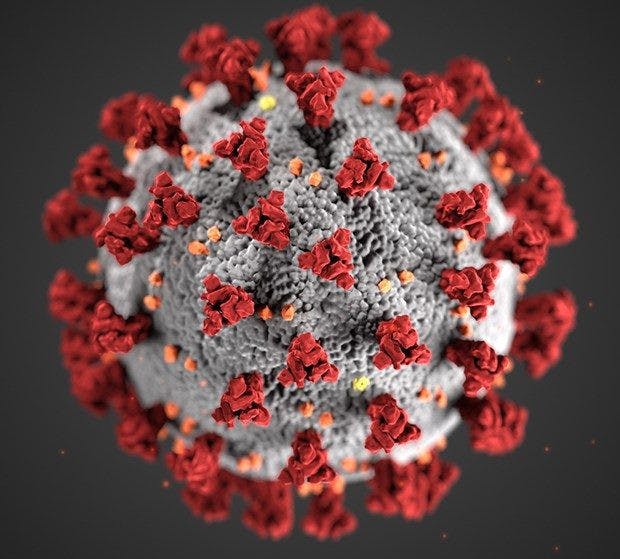
We all know our ABCs, but it seems that in the time of COVID-19 we all could use a refresher on our three C’s. The three C’s are part of Japan’s campaign to promote social distancing and slow the spread of the virus. Citizens were told to avoid closed spaces, crowds and close-contact settings.
It seems simple enough, but as college students return to campuses at a time when much of Washington state-- including Whatcom County-- remains in phase 2, it appears COVID-19 isn’t going away anytime soon.
Reports of COVID-19 case spikes on the University of Washington’s Greek Row have been especially infuriating to some Washingtonians as seen on Reddit.
Over the summer, UW’s Greek Row saw a COVID-19 outbreak when 165 students from 15 fraternities tested positive for the virus.
More recently, on Oct 1, King 5 reported that 104 positive cases have been reported across nine UW fraternities and sororities.
While it may be easy to chastise fraternities and sororities, who are often associated with large bacchanalian parties, it’s important to recognize that parties of any size can spread the virus.
Though scientists are still learning about the virus, we do know its airborne nature allows it to transmit easily from person to person through droplets expelled when breathing, talking or singing according to the Centers for Disease Control and Prevention.
Even if you’re not packed in sardine-style at a party, there’s still a high risk that you could be spreading the virus.
Washington state was quick to establish social distancing measures and a staggered approach to reopening, but those measures are only as effective as the people who follow them.
A study from the “Emerging Infectious Diseases” journal titled “Impact of Social Distancing Measures on Coronavirus Disease Healthcare Demand” found that when contact to non-household members was reduced by 50% or less, a healthcare crisis was only delayed, not prevented.
The study concluded that only when people reduced their contact with non-household members by 75%-90% were hospitals not overburdened by the number of cases.
Though this study focuses on central Texas, the authors noted that its findings were “widely applicable” to other areas of the U.S.
It’s understandable that students want to socialize, not only to fulfill the classic college experience but also to preserve their mental health.
One study from Psychiatry Research found that COVID-19-related stressors were linked to anxiety levels in college students. Of the 7, 143 students surveyed 24.9% reported some level of anxiety from COVID-19-related stressors. The study concluded “economic stressors, effects on daily-life and academic delays” increased anxiety levels among students while social support helped lower them.
In a time of high uncertainty and isolation, it seems natural that people would be drawn together to provide support and a sense of community. But socializing and staying safe don’t have to be polar opposites.
Washington state phase 2 guidelines state people should “gather with no more than five people outside your household per week,” which allows for smaller gatherings with friends.
You may not be able to spend your nights dancing at a packed house show or searching High Street for a lively party, but that doesn’t condemn you to a quarter of solitary living.
So, grab some friends to watch a movie, pick some pumpkins or take a walk and enjoy the fall colors. But keep in mind your larger responsibility to your community, think of the immunocompromised, of the elderly and of all the fun you’ll have once we defeat this virus.





